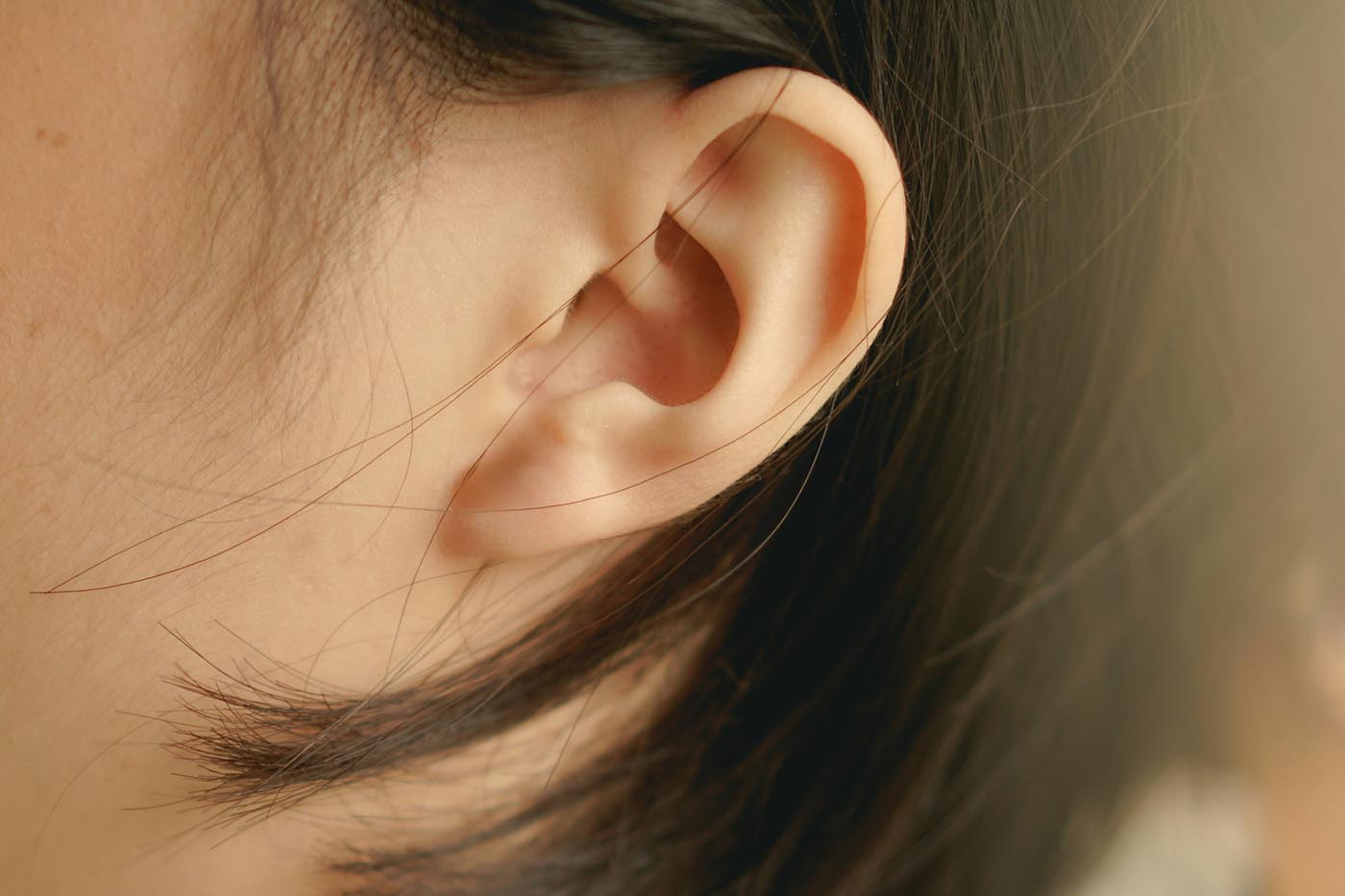New research suggests that tiny movements in human ears while listening may be remnants of evolutionary traits linked to our animal ancestors.
Key Points at a Glance:
- Scientists have discovered that human ears make subtle, involuntary movements when focusing on sounds.
- These movements resemble behaviors seen in animals that use ear positioning for enhanced auditory perception.
- The findings support the concept of a “neural fossil,” an evolutionary remnant of a once-functional trait.
- The study could have implications for understanding human auditory processing and communication.
Scientists have uncovered an intriguing aspect of human hearing—our ears make tiny, involuntary movements when we focus on certain sounds. This subtle response, known as a vestigial auricular reflex, appears to be a remnant of evolutionary traits seen in many animals that adjust their ears to capture sound more effectively. In animals such as cats, dogs, and primates, ear movements help enhance directional hearing by adjusting the position of the outer ear toward sound sources. While humans lack the ability to rotate their ears significantly, researchers have found that our ears still exhibit small muscle twitches when processing auditory stimuli, suggesting a deep-rooted neural connection to our evolutionary past.
The study involved tracking electrical activity in the small muscles around the ear, revealing that these muscles activate subtly when a person listens intently. Participants were exposed to various sounds, and researchers measured minute movements in response. The findings suggest that while humans no longer rely on ear mobility for sound detection, our auditory system retains a connection to neural pathways that once controlled these functions. These subtle movements are not consciously controlled and occur at a level imperceptible to most individuals. Scientists theorize that this mechanism may have once played a more active role in human ancestors who depended on heightened auditory awareness for survival.
This discovery of a neural fossil provides new insights into how the human auditory system has evolved. Understanding these residual reflexes could help scientists study hearing disorders, auditory attention mechanisms, and even the brain’s role in processing sound. For example, the study raises questions about whether these reflexes could be harnessed for technological advancements in hearing aid design or neural interfaces, potentially improving sound localization and clarity in individuals with hearing impairments. Some researchers speculate that variations in this reflex could be linked to individual differences in hearing sensitivity, possibly explaining why some people are naturally more attuned to specific frequencies or directions of sound.
Further research is needed to determine how these subtle ear movements relate to cognitive and auditory processing. Scientists hope to explore whether these movements serve any functional purpose in modern humans or if they are purely vestigial. Future studies may also investigate whether these responses change with age, hearing loss, or neurological conditions. Some experts believe that this reflex could provide new diagnostic tools for assessing auditory processing disorders and cognitive decline, as changes in involuntary muscle responses might indicate disruptions in neural pathways.
This discovery not only deepens our understanding of human evolution but also opens doors to potential innovations in auditory science and technology. As researchers continue to explore these findings, they may uncover new ways to enhance human auditory perception, bridge gaps in hearing aid technologies, and improve our understanding of how the brain processes sound in complex environments.
